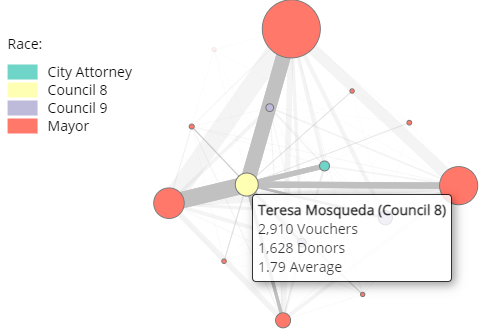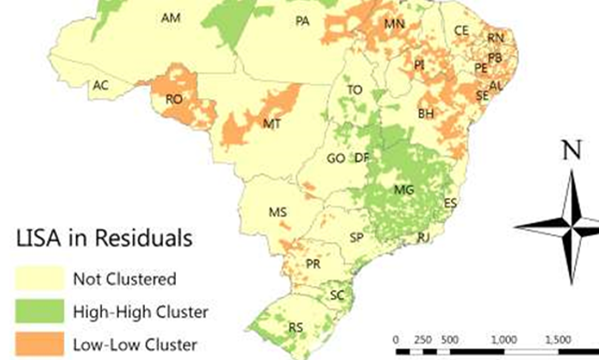Below are some examples of my work: click on the pictures to open the projects in a new tab
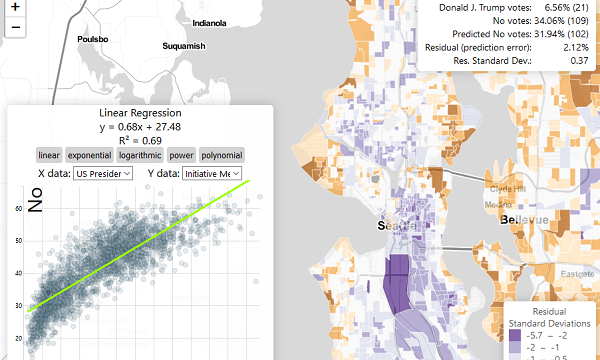 I put together the above tool to allow people to map out the residuals of simple bivariate regression models using D3, regression-js, and Leaflet. The map shows where there is a high deviation between the expected and observed values for the Y values on the chart. (Using King County election data).
I put together the above tool to allow people to map out the residuals of simple bivariate regression models using D3, regression-js, and Leaflet. The map shows where there is a high deviation between the expected and observed values for the Y values on the chart. (Using King County election data).
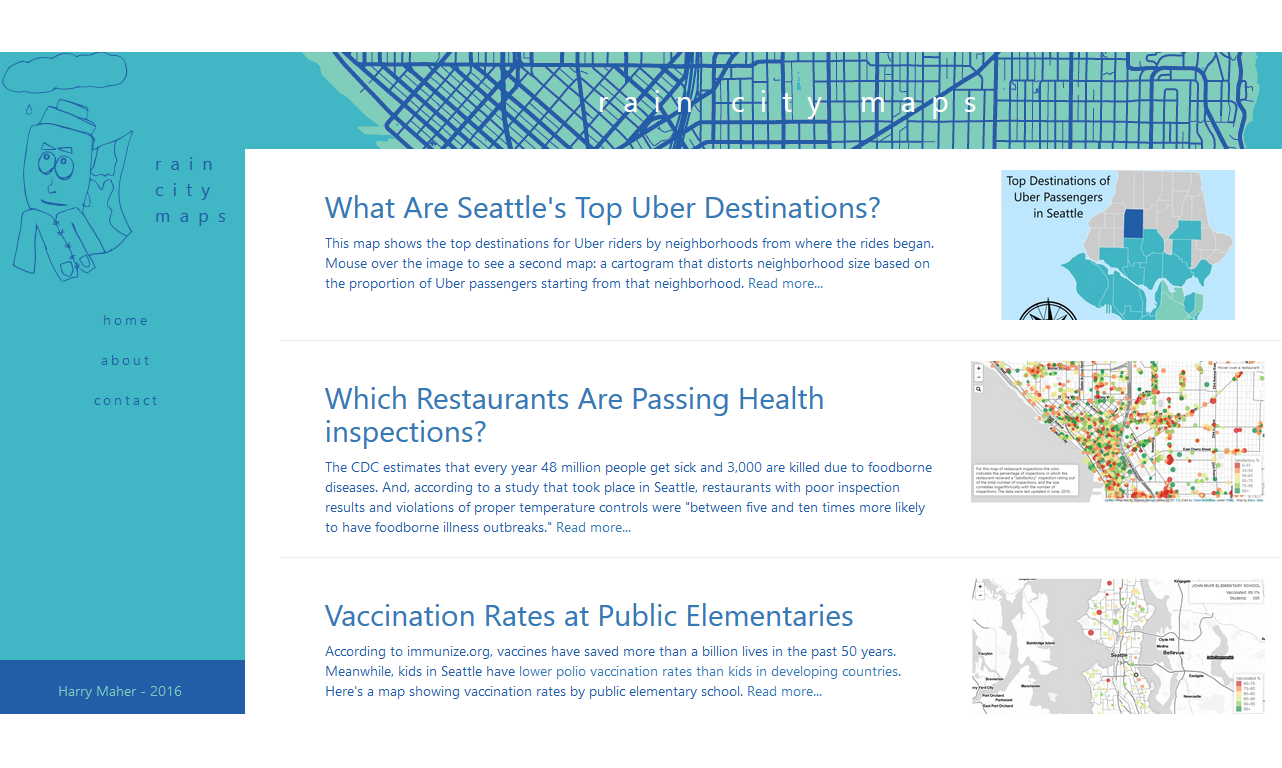 When I first moved to Seattle in 2016, I made a handful of maps to help me better understand the city. Many of these maps are publicly viewable at https://raincitymaps.github.io/. Topics range from Seattle school immunization rates to election results.
When I first moved to Seattle in 2016, I made a handful of maps to help me better understand the city. Many of these maps are publicly viewable at https://raincitymaps.github.io/. Topics range from Seattle school immunization rates to election results.
 Here is an interactive musical chart of finishing time data that I scraped from a race that I ran in (using Beautiful Soup). The chart was made by combining D3 and Tone.js, and the ultimate goal is to create a band called "The Why Not Axis" that plays pop music covers using relevant charts as instruments. Click on these charts to play some tones!
Here is an interactive musical chart of finishing time data that I scraped from a race that I ran in (using Beautiful Soup). The chart was made by combining D3 and Tone.js, and the ultimate goal is to create a band called "The Why Not Axis" that plays pop music covers using relevant charts as instruments. Click on these charts to play some tones!  At Big Water Consulting, I developed a customizable participatory mapping web application to help community members describe their spatial experiences. This GIS project utilized a creative combination of Leaflet, Google Forms, and OSM.
At Big Water Consulting, I developed a customizable participatory mapping web application to help community members describe their spatial experiences. This GIS project utilized a creative combination of Leaflet, Google Forms, and OSM.
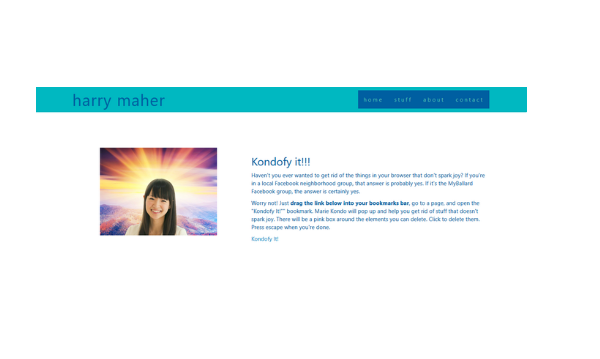 Here is an assortment of less serious programs that I created either alone or with teams for the Seattle Stupid Hackathon, a group I help organize. (Pictured: Kondofy It! the bookmarklet that helps you get rid of things that don't spark joy online.)
Here is an assortment of less serious programs that I created either alone or with teams for the Seattle Stupid Hackathon, a group I help organize. (Pictured: Kondofy It! the bookmarklet that helps you get rid of things that don't spark joy online.)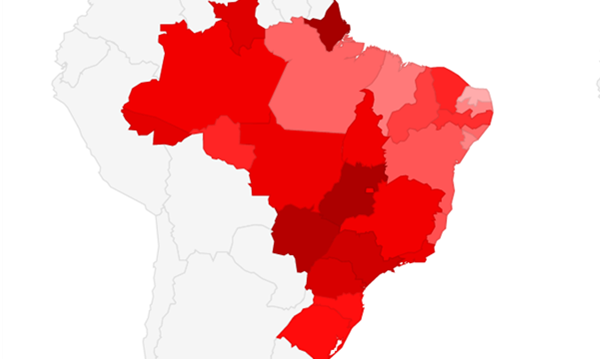 This is a set of interactive maps intended to allow users to explore how lifestyles influence (or don't influence) health outcomes at the Brazilian state level. It formed a part of the above semester-long Applied GIS project.
This is a set of interactive maps intended to allow users to explore how lifestyles influence (or don't influence) health outcomes at the Brazilian state level. It formed a part of the above semester-long Applied GIS project. For data collection projects at Big Water, I develop custom, interactive dashboards that pull in live data using R's Shiny library. This helps stakeholders and managers track a project's progress.
For data collection projects at Big Water, I develop custom, interactive dashboards that pull in live data using R's Shiny library. This helps stakeholders and managers track a project's progress.
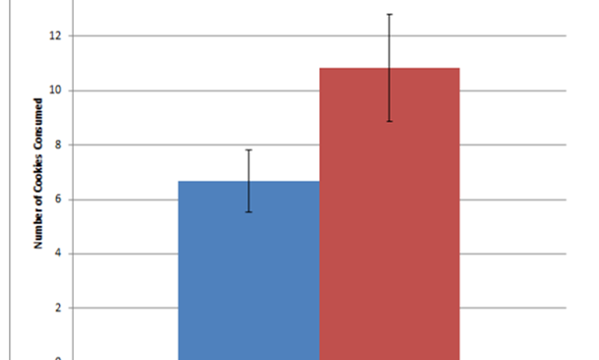 This is an example of original research that I performed as an undergraduate. We wanted to see if we could reduce junk food consumption with social norms. In this experiment, my lab partner and I either gave participants a fabricated "low-norm" condition or no such condition and observed the effect on junk food consumption.
This is an example of original research that I performed as an undergraduate. We wanted to see if we could reduce junk food consumption with social norms. In this experiment, my lab partner and I either gave participants a fabricated "low-norm" condition or no such condition and observed the effect on junk food consumption.
